Raiso Small loaders—compact, maneuverable, and powerful—are workhorses in construction, agriculture, landscaping, and property maintenance. But their true versatility lies in the wide range of attachments they can use. These tools transform a basic loader into a multi-tasking machine, tackling everything from material handling to debris cleanup. Below, we’ll explore the most popular attachments for small loaders, their uses, and why they’re essential for maximizing productivity.
1. General-Purpose Bucket
The general-purpose bucket is the most fundamental attachment for small loaders—and for good reason. Designed with a curved, deep profile, it excels at:
- Moving loose materials (sand, gravel, soil, or mulch).
- Loading trucks or dumping into bins.
- Leveling surfaces or backfilling trenches.
Many models come with replaceable cutting edges for durability, and some feature a “quick-attach”system for fast swapping with other tools.
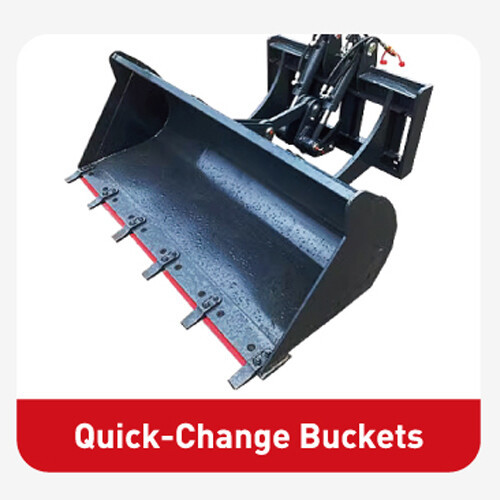
2. Grapple
Ideal for handling irregular or bulky items, the grapple uses two jaws (powered by hydraulics) to clamp and secure loads. Common uses include:
- Moving logs, branches, or tree stumps in landscaping or forestry.
- Handling scrap metal, concrete debris, or construction waste.
- Loading loose materials like brush or hay bales that might spill from a standard bucket.
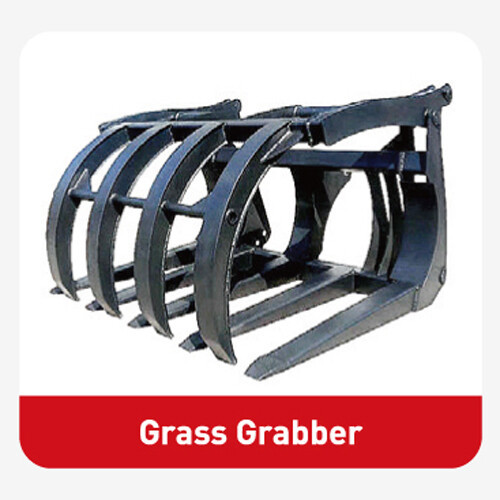
3. Pallet Forks
For lifting and moving palletized goods, pallet forks are indispensable. These attachments mount to the loader’s arms and feature two steel tines that slide under pallets. They’re perfect for:
- Transporting building materials (bricks, bags of cement, or lumber).
- Moving feed, fertilizer, or equipment in agricultural settings.
- Loading/unloading warehouses or trucks with palletized cargo.
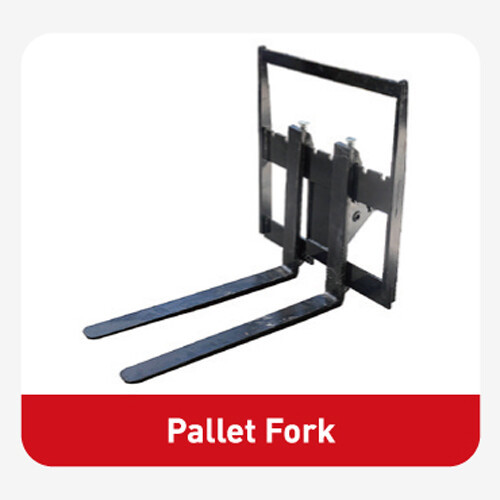
4. Blade Attachment
A loader blade (similar to a bulldozer blade) is designed for grading, leveling, and pushing large volumes of material. Its flat, wide surface makes it ideal for:
- Leveling ground for construction sites or driveways.
- Pushing snow, dirt, or debris across large areas.
- Creating slopes or grading soil for landscaping.
Many blades are adjustable (angle or tilt) to direct material precisely, and some include edges for cutting through hard-packed surfaces.
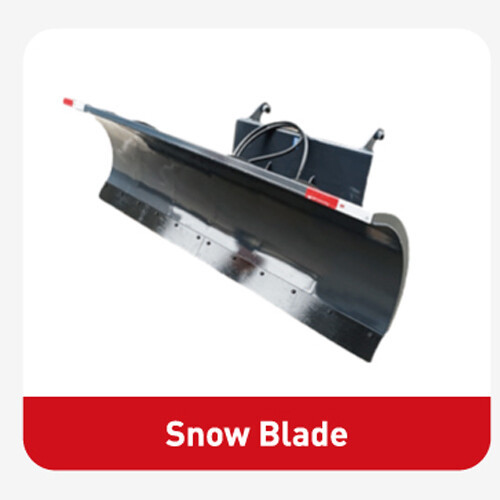
5. Sweeper Attachment
For cleaning up worksites, parking lots, or farmyards, a sweeper attachment is a time-saver. It features rotating brushes that collect dirt, gravel, leaves, or debris into a hopper. Uses include:
- Cleaning construction sites after concrete work or demolition.
- Removing snow residue or gravel from parking lots.
- Tidying up agricultural areas (barns, feedlots) or landscaping beds.
Sweepers often have adjustable brush height and can dump collected debris into trucks or piles.
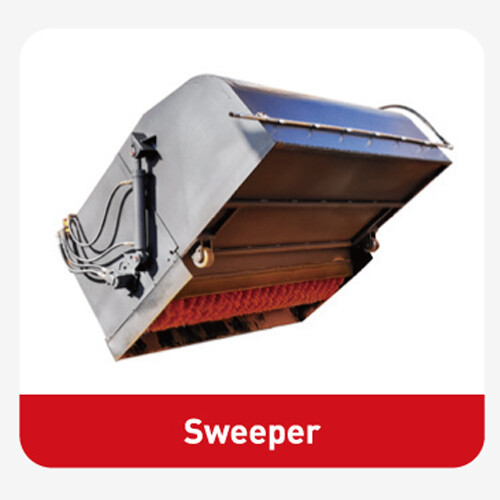
How to Choose the Right Attachment
Selecting the best attachment depends on:
- Your primary task: Prioritize tools for your most frequent jobs (e.g., a grapple for tree work, forks for material handling).
- Loader compatibility: Check weight limits, hydraulic flow requirements, and attachment mounting systems (quick-attach is preferred for versatility).
- Durability: Invest in high-quality steel attachments for heavy or frequent use to avoid premature wear.
Final Thoughts
Raiso Small loaders are only as capable as their attachments. Whether you’re a contractor, farmer, or property owner, equipping your loader with the right tools—like buckets, grapples, forks, or breakers—unlocks its full potential, saving time and reducing the need for multiple machines.
Ready to boost efficiency? Explore these attachments to turn your small loader into a year-round workhorse!
Welcome to contact us by leaving a message. We will get in touch with you as soon as we receive your message
